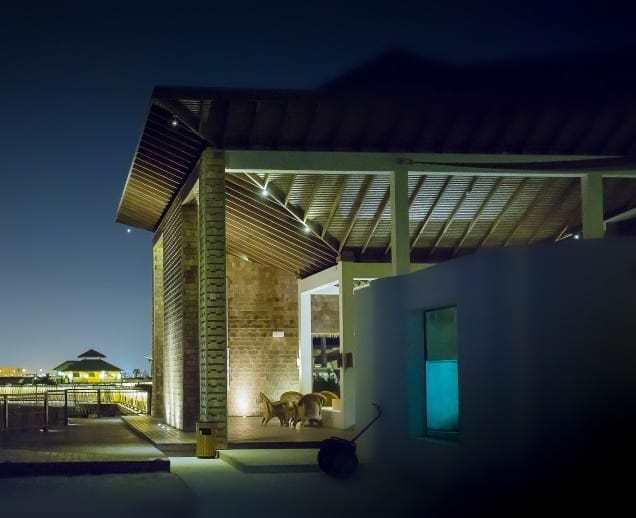

Creating the right atmosphere can easily be accomplished with the right outside lights for the house. The right lighting choices can be one the best things you can do to your outdoor landscape. The lighting you choose has a direct effect on the feeling you get for being in the space. For instance, a spotlight on a very large tree may give a wow factor. While the soft light of a garden path gives a sense of “Follow Me”.
Outdoor lighting technology has come a long way. You can now turn your lights on and off change their color, or dim them right from an app on your phone. There are 3 major lighting categories. Each category having its own purpose. The three categories of lighting types are ambient, accent, and task. Now let’s take a look at these three types of lighting and see how they can be used to bring your outdoor space to life.
Types of Lighting Around Your Home
 Ambient lighting –
Ambient lighting –
Ambient lighting is used for large or small areas to bring even lighting to the space. Hanging fixtures, lamps and lamp posts, wall lighting, recessed lighting in structures, and spotlights are all examples of outside ambient lighting. Inside your home light reflects off the walls, therefore it is easier to create ambient light.
When in an outdoor situation creating ambient light may be a bit more challenging. One effective way to create ambient light outdoors is to shine light on a wall and “wash” it with light. By Illuminating the wall, It’s reflective quality will have a direct effect on the ambient light in the space.
Mounting a floodlight above the location so the light is cast down, Illuminating the entire area is a simple way to add ambient lighting outside.
Task lighting
Task lighting is exactly the way it sounds. This type of lighting should be without Shadows that can be cast on the task at hand. To light up an outdoor kitchen or grilling area for example. If light is placed directly behind the person cooking a shadow asked making it difficult see being done. To achieve this the light should be mounted above the subject and light up the entire work area. – 
Security lighting is another type of task lighting. Its job is to light up dark areas around the house and deter mischief in the shadows. Wall lanterns can be used on front porches to provide a welcoming feeling. At the same time, they add safety to correctly identify who is at the door.
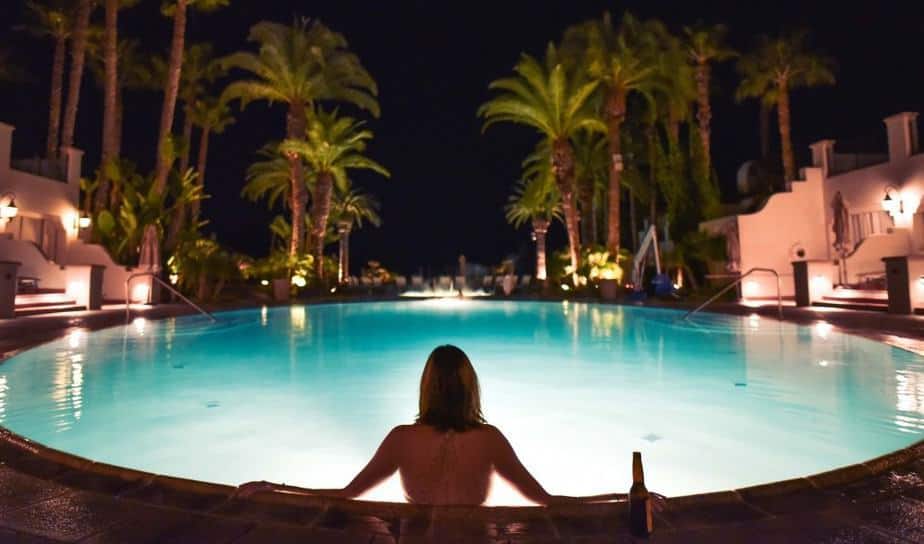 Accent lighting
Accent lighting
This is my favorite kind of lighting. This is the type of lighting that calls attention to certain features that you want to stand out. It may be used to highlight a fountain or statue outside. This is also the type of lighting you would have along a winding path through the garden. The lights you see in the water of a pool, pond, or fountain are also accent lighting.
Automating Your Outdoor Lighting Systems
 There are numerous ways to automate your lighting systems. First thing you need to do is decide what kind of control you want over your system. If you want things to just happen on their own, such as lights on your garden path turn on after it gets dark then you would set up your system using a photo cell. This will detect when it gets dark and automatically turn on your lights. It’s a set it and forget it type of set up.
There are numerous ways to automate your lighting systems. First thing you need to do is decide what kind of control you want over your system. If you want things to just happen on their own, such as lights on your garden path turn on after it gets dark then you would set up your system using a photo cell. This will detect when it gets dark and automatically turn on your lights. It’s a set it and forget it type of set up.
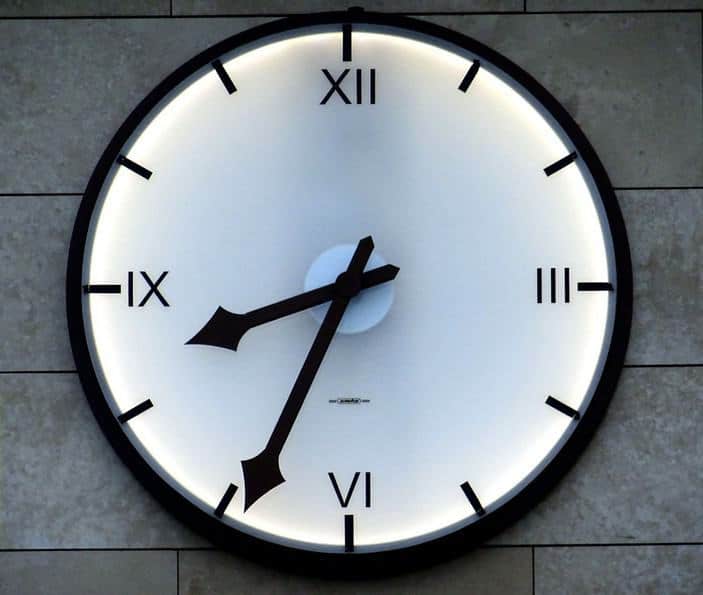 Another way to automate your system would be to simply plug everything in to a timer. This way you have the versatility to turn things on and off based on time and not on darkness.
Another way to automate your system would be to simply plug everything in to a timer. This way you have the versatility to turn things on and off based on time and not on darkness.
Moving into The Future
For those of us that have moved to the 21st century, home automation is an intriguing curiosity. With devices like the Amazon Echo with Alexa, and Siri, voice activated lighting is the wave of the future. If you plan on going this route it is more of a commitment. The first thing to do is decide what you want your main control hub to be.
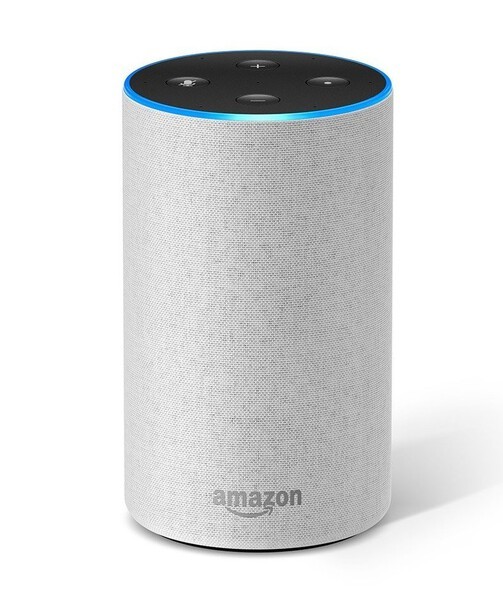 If you chose the echo, then third party brands of controllable devices will not require an extra command. For example, instead of simply saying “Alexa, turn on the bedroom lights” you would have to say “Alexa, ask Phillips hue to turn on the bedroom lights “keeping the commands as simply as possible. Keeping things simple is key.
If you chose the echo, then third party brands of controllable devices will not require an extra command. For example, instead of simply saying “Alexa, turn on the bedroom lights” you would have to say “Alexa, ask Phillips hue to turn on the bedroom lights “keeping the commands as simply as possible. Keeping things simple is key.
Automating Bulbs
The easiest way to automate a light, is to use a smart light bulb. These are relatively inexpensive, at just around $15.00 each. The Phillips Hue is the best seller on Amazon, and with a price like this I can see why. They boast up to a 20-year lifespan, using LED technology they use less energy than conventional light bulbs. These bulbs are also suitable for outdoor use. LED lights actually work better in cold climates, so winter is not a factor for these bulbs.
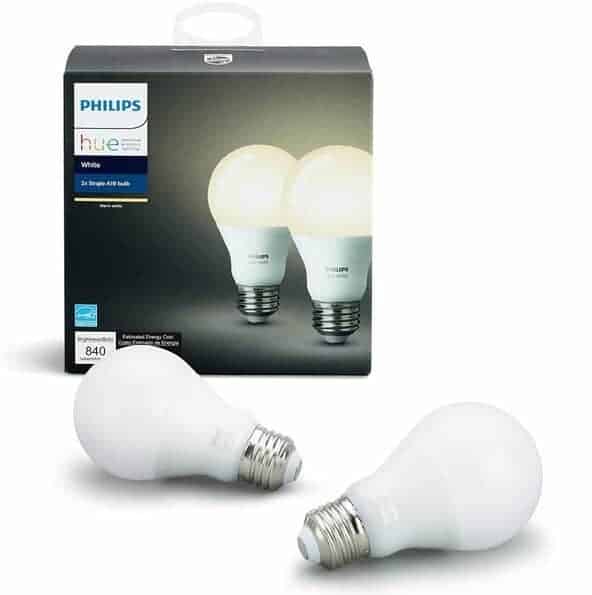 When using the Phillips Hue bulb, the switch to the light must remain in the on position at all times, and the on and off function will be controlled by the bulb itself. It accomplishes this by way of your bridge and device, in this case the Amazon Echo.
When using the Phillips Hue bulb, the switch to the light must remain in the on position at all times, and the on and off function will be controlled by the bulb itself. It accomplishes this by way of your bridge and device, in this case the Amazon Echo.
There is another way to control your system, by installing smart switches. These allow you turn things on and off by voice command as well. With a smart switch you will have more power to control things other than just lights. You would be able to turn on devices like a ceiling fan for example.
Before deciding that the smart switch is the way to go, understand that it requires some rewiring. The switches that I have installed also require a neutral wire be connected to them. That is how they get their power to operate. Installing a smart switch is not always practical, and in some cases not possible. But in the past, (when I started to automate my home) it was the only option.
One way around the smart switch is to use a smart outlet. These are simple outlets that connect to the Wi-Fi in your home and can also be controlled by devices such as Alexa. They are simply plugged into an outlet and the power is turned on and off by way of the plug itself. This is a great option for setting up lights outside. It requires no rewiring, simply plug it in, have your device search for it and away you go!
The Basics
I wish someone would have told me the following information before I started on my quest for home automation. If you are going to get set up your home for a lighting system, it’s important to be sure all of your devices are compatible. To begin you need three basic things:
1. A control or main hub – This is the brain of the operation. It is connected directly to your router and sends out the signals to your devices.
2. Communication – This is achieved with either your echo device or the app you use on your phone. This communicates to your main control hub what you want to do. Example: turn off the lights, or make the lights blue.
3. Devices – These are the things you wish to control. Switches, bulbs, outlets etc… Not all the devices are compatible with all control hubs. You should have an idea of what your main purpose is and what you are trying to control before choosing a hub.
If you are going to be using the Echo second gen, Echo Dot, or any other Alexa devices, you will also need the Phillips bridge to control all the light bulbs, and smart outlets. However, the Echo Plus does not require a bridge to work with the Phillips smart bulbs, the bridge is built in. The advantage of using the Echo Plus is that its two devices in one.
The Price of the Future – Cost Breakdown
So to get started here is a breakdown of price for everything you should need to get off to a great start. You can always add more devices later if needed. This is also a great way to have home automation, even if you are renting. If 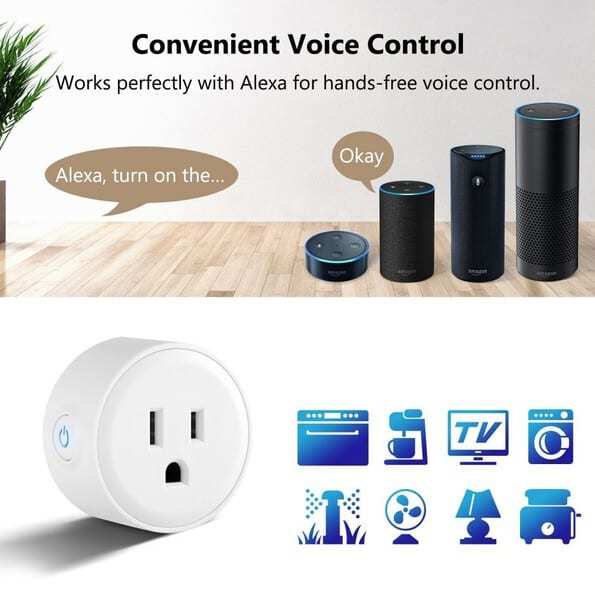 you move, you can take it all with you.
you move, you can take it all with you.
- Amazon Echo Plus – $149.99 no need for a bridge with echo plus
- 2 pack of Phillips Hue light bulbs – $29.97
- 4 pack Wi-Fi smart plugs – $47.99
So for a total of only $227.95 you could get set up quite nicely with home automation.
Final Thoughts
No matter how you go about it, there are simple and inexpensive ways to keep those outside lights for your house shining bright. Something as simple as adding a photocell to your outdoor garden path lighting can really make a difference in the enjoyment of the space.
Moving forward at the pace we have been, the future is already here. Don’t be afraid to jump on board… it’s a lot of fun. If you have any first-hand experience or a preference with any of these home automation systems, please leave a comment below. I would love to hear what other people are up to and where the future is taking us.



Wow. I had no idea about the tech that has been infused into out door lighting. We are currently getting prepared to replace our existing patio lighting and now because of reading this I have so many new ideas. Awesome and thanks. I will refer back for more ideas!
When you go to set up your system, just be sure that everything is compatible, that’s the main thing. Technology is changing and evolving on a regular basis. Sometimes its hard to keep up.
I absolutely love lighting up my home and what you’ve presented here seem to be the best options. I want to plan for the future and it’s good to see that smart light bulbs are only worth a mere $15. I’ll be purchasing a lot of them and seeing what I can come up with. Automation is key for the future and I’ll be one step ahead of the game 🙂 Cheers
I know, it’s crazy to think how far things have progressed in the last 10 years. The technology was there, along with a giant price tag. Now this is an affordable option for just about anyone. Pretty soon your flying car will be picking you up for work!
Great article. This is an area I have been planning on looking into and your article gave me some great things to think about. I am curious which of these devices I can control via my smart phone when I am away. That way the lighting would double as home security providing the illusion I was home when I wasn’t.
Thanks again.
Any of these devices will work for remote from your smartphone. That is another advantage of this type of setup. To give the illusion that someone is home. Lights can be turned on and off remotely, unlike a timer that would only be able to turn the light on at a given time. This does add a sense of security.
Jeff,
Looks like the indoor technology is getting to the outdoors. Are the smart plugs weather proof or would you have to place them under a cover to protect them from the rain.
All of these solutions are regular house current, do they make some of these controls for solar lights, I have a lot of solar lights in my outdoor area that I do not need every day.
John
There are a variety of options for outdoor plugs. The outlets featured in the article will need to be used under a weather proof cover. There are other options for wireless plugs that don’t need to be protected from the elements. As far as solar lights go, I don’t think it would be necessary to turn them on and off wirelessly.